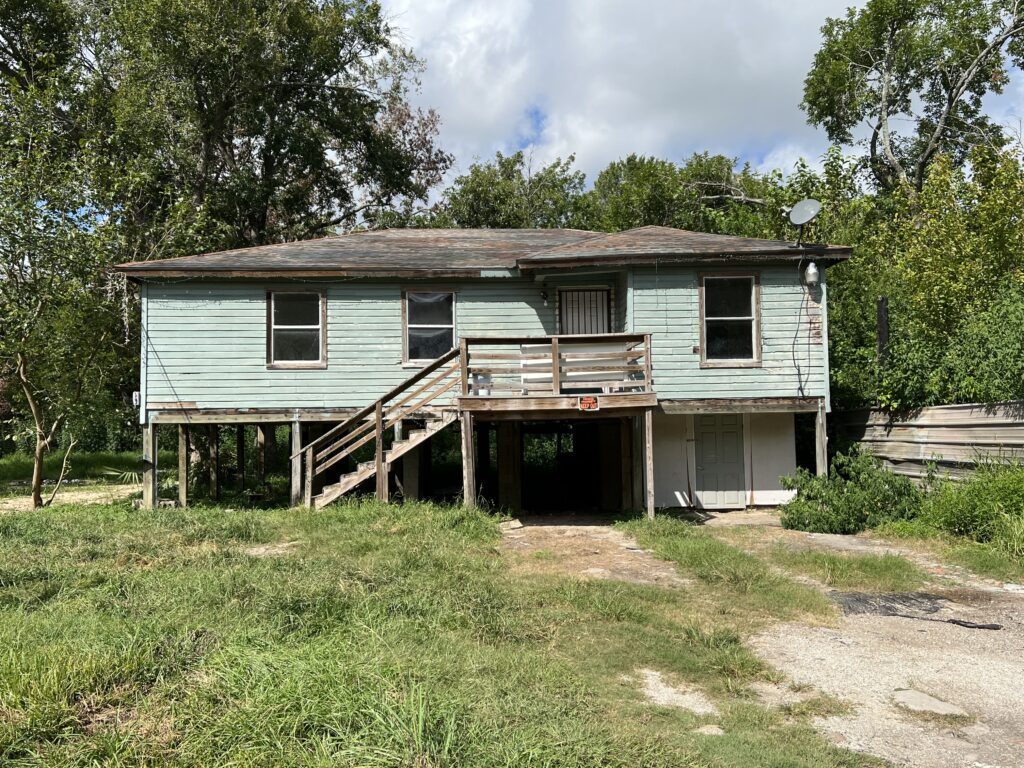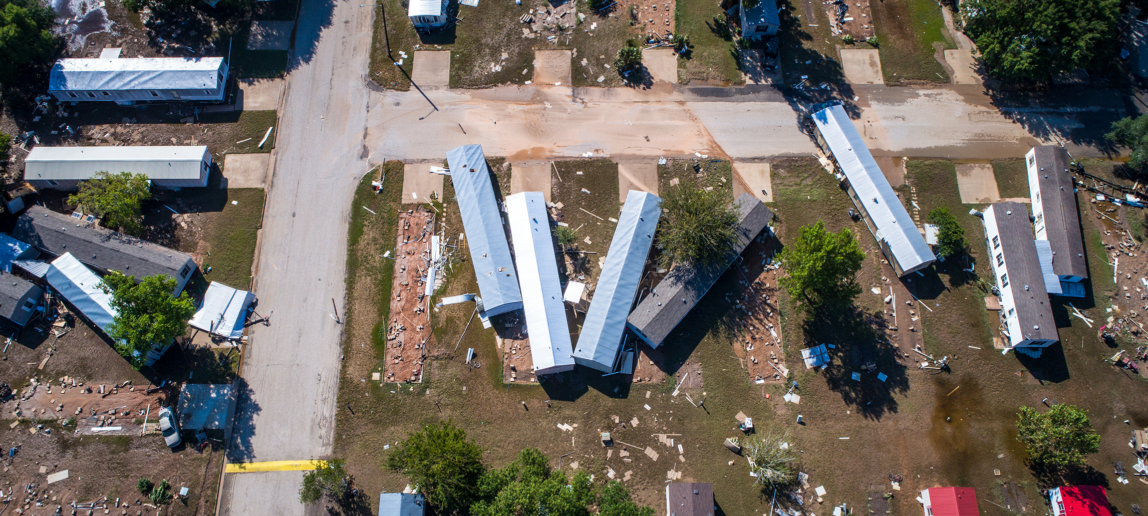Displaced but Not Silenced: Community Voices Shape Harris County Buyouts
A partnership between Texas A&M University and the nonprofit Texas Appleseed is shedding new light on the human toll of one of the nation’s largest mandatory home buyout programs.
For three years, faculty and graduate students from the The Department of Landscape Architecture & Urban Planning’s Center for Housing & Urban Development have worked closely with Texas Appleseed to document the experiences of families displaced by buyouts in unincorporated Harris County. Their research reveals a story of deep disruption, community loss, and the need for more just disaster recovery policies.

A New Kind of Recovery
In the wake of Hurricane Harvey, Harris County launched a large-scale effort to move residents out of flood-prone areas. Unlike previous buyout programs, which were voluntary, this one was mandatory.
The intention was safety. But for many, the process was anything but secure.
“An offer for me took two years,” one participant said. “It wasn’t days, it wasn’t months, it was years. Invading privacy, letting people in to take pictures, going through all your personal papers, asking you a lot of questions.”
Families endured uncertainty, delays, and repeated requests for paperwork. Caseworkers came and went, often without transition or explanation.
“I went through I don’t know how many caseworkers,” another resident said. “They just kept quitting. Every time a new one came, I had to start over.”
A Partnership with Purpose
The Texas A&M team — led by Professor Dr. Shannon Van Zandt and Associate Professor Dr. Ivis Garcia — conducted interviews, hosted focus groups, and engaged directly with residents. Graduate students Chandler Wilkins, Breiana DeGrate, Leslie Martinez-Roman, and Carlos Santos-Rivera helped carry out the fieldwork.
Texas Appleseed focused on justice and policy reform, ensuring that the process remained inclusive and accessible. Shirley Ronquillo of Ronquillo Consulting also played a key role in community outreach.
Residents shared accounts of bureaucratic confusion, lack of language support, and costs that added to their burdens.
“They made us hire an attorney,” one participant said. “We had to prove who owned the house after my father died. It was money we didn’t have, but we had to come up with it.”

The Emotional Cost
For many, the financial stress was only part of the picture.
“I’m a single mom with two kids. My income is all we have,” said one resident. “The houses we could afford weren’t enough. The market is crazy right now.”
Others mourned the loss of lifelong communities.
“If I could wave a wand,” one woman said through tears, “I would’ve asked them to build a new neighborhood so we could all live together again. It’s depressing not having your family around you.”
Another participant spoke of memories she could never pass on to her children.
“This was my home. I can’t take my kids and show them where we built forts, where we played hide and seek. Nobody’s going to be here.”
A Way Forward
What emerged from the study wasn’t just a list of policy tweaks, it was a call to reimagine how recovery efforts treat the people they serve. The team identified key ways to make future programs more equitable and humane: clearer communication, streamlined steps, language support, and systems that account for trauma, not just paperwork.
“These aren’t just administrative improvements,” said Garcia. “They’re about ensuring that families are treated with respect and dignity during one of the most difficult times in their lives.”
The team sees these changes as necessary to help communities rebuild without losing their agency or sense of home. Just as important is the model behind the work itself. By blending academic research with legal advocacy and community engagement, the project demonstrates how universities can play an active role in creating a more just recovery process.
This isn’t just about studying disaster recovery. It’s about reshaping it from the ground up.
Listening, Learning, Acting
At the heart of the project is a commitment to listening and responding to the people most affected.
“Maybe they can have someone who actually helps guide you,” one resident suggested. “Someone to tell you, ‘This is how it’s going to work.’ That would’ve made a difference.”
The research continues, but the message is already clear: Recovery isn’t just about rebuilding structures. It’s about restoring lives, relationships, and the right to a future that feels like home.
To learn more on the topic of home buyouts, visit here.


